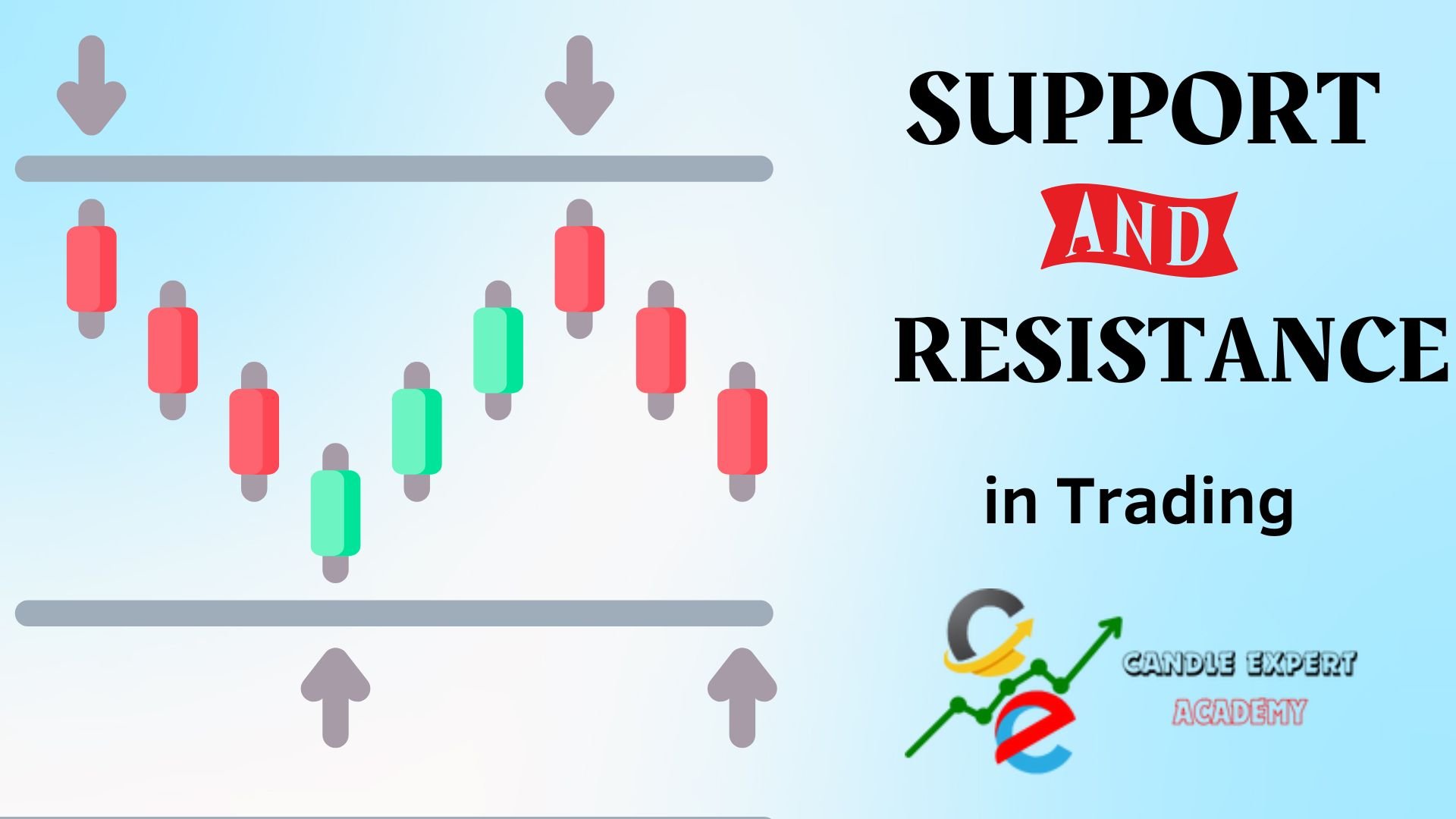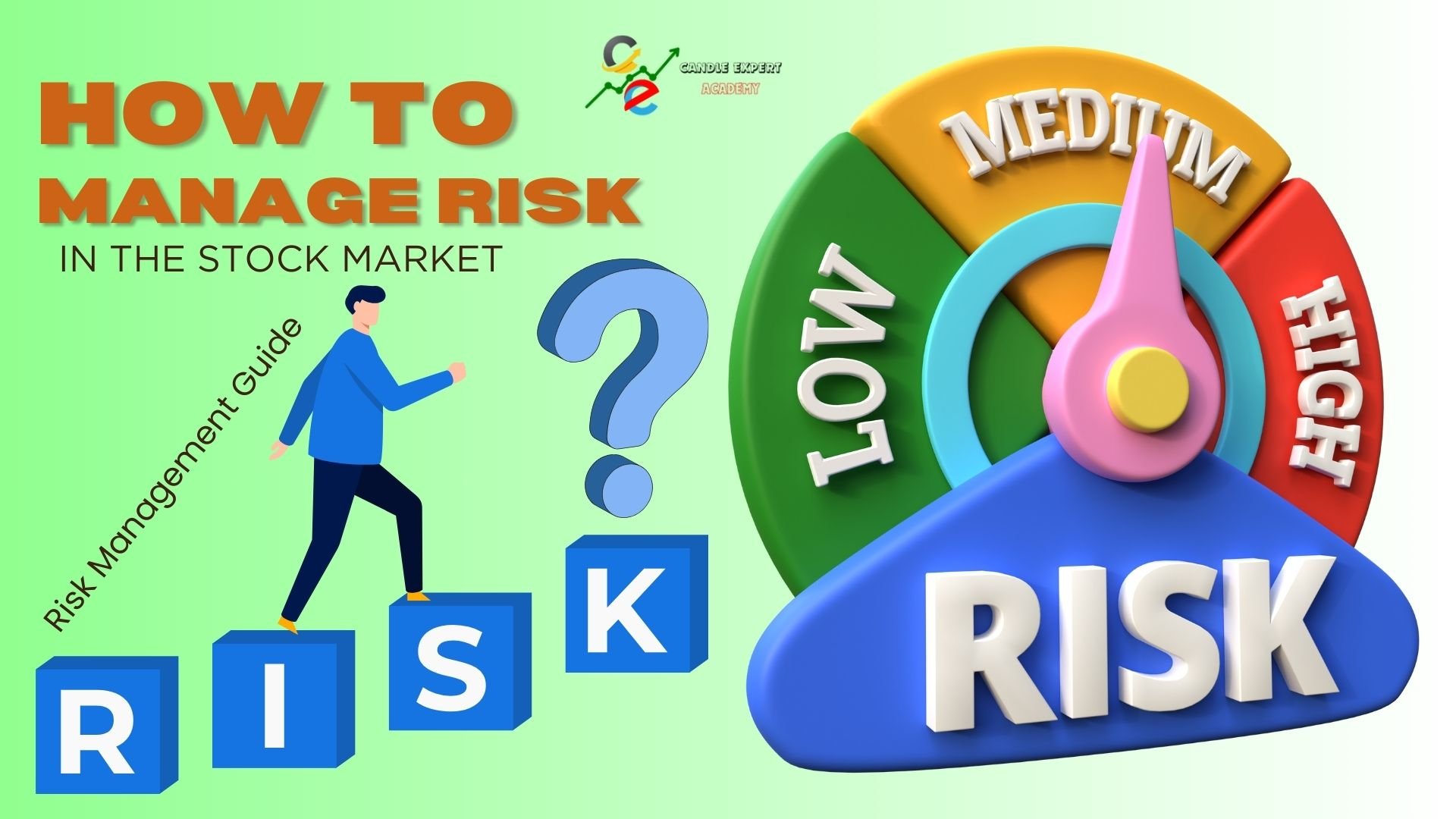
Published on :- 16 March 2025
Support and Resistance in Trading: A Beginner Guide
Important ideas of support and resistance in the stock market. You will learn the basic ideas behind these key trading strategies. The content is written in simple words so that an eighth grade student can understand. Let us start by exploring the ideas of support and resistance in the stock market.
What Are Support and Resistance?
Support and resistance in the stock market are two very important ideas in trading. These ideas help traders decide when to buy or sell stocks. Support is a price level where a stock stops falling and starts to rise again. Resistance is a price level where a stock stops rising and starts to fall. Understanding these ideas makes it easier to choose the best trading strategies.
Understanding Support
Support is the level where many buyers come to purchase the stock. This makes it difficult for the stock price to drop below this level. When a stock is at the support level, it is like a floor that stops the price from falling further. This idea can help you know when it is a good time to buy a stock.
Key Points of Support
- Support is like a floor for the stock price.
- Many buyers come at this level.
- It helps to prevent the price from falling too low.
Understanding Resistance
Resistance is the level where many sellers decide to sell the stock. This makes it difficult for the stock price to rise above this level. When a stock is at the resistance level, it is like a ceiling that stops the price from going higher. This idea can help you know when it might be time to sell a stock.
Key Points of Resistance
- Resistance is like a ceiling for the stock price.
- Many sellers come at this level.
- It helps to prevent the price from rising too high.
How to Use Support and Resistance in Trading Strategies
Traders use support and resistance in the stock market to make smart decisions. They use these ideas to plan their trading strategies. By knowing where the support and resistance levels are, traders can decide when to buy and sell stocks.
Finding Support and Resistance Levels
You can find these levels by looking at charts of stock prices. Traders mark the points where the price has turned around many times. These points show where support and resistance can be found. There are many simple tools that can help you draw these levels on a chart.
Tools for Finding Levels
- Line charts that show price movements
- Graph paper for plotting price changes
- Simple computer programs or online tools
Using These Levels in Trading
When a stock price reaches the support level, it may be a good idea to buy because the price might go up soon. When the price reaches the resistance level, it might be a good time to sell because the price may go down. These simple rules can help you develop strong trading strategies.
Basic Trading Strategies
- Buy at the support level and hold until the price rises.
- Sell at the resistance level and wait for a new opportunity to buy.
- Combine support and resistance levels with other clues from the market.
Support and resistance in the stock market are key ideas that can help you understand trading strategies. By using these ideas, you can decide when to buy or sell stocks. Start by practicing with charts and simple tools. Over time, you will learn how to use support and resistance to improve your trading. Happy trading and always continue learning!

About the author
Afraheem Ali
Candle Expert Academy, founded by Afraheem Ali, is a dedicated platform for learning the art and science of candlestick trading. With a focus on technical analysis, price action strategies, and risk management, the academy empowers traders with the knowledge and skills needed to navigate financial markets effectively.
Afraheem Ali, a seasoned trader and mentor, has years of experience in financial markets.
Candle Expert Academy, the goal is to develop confident, self-reliant traders. With structured learning modules, real-world case studies, and practical insights, students gain a deep understanding of market psychology and trading strategies.

Fundamental Analysis vs Technical Analysis: Which One Is Better?
Fundamental analysis looks at the core aspects of a company. When using fundamental analysis, an investor studies the companys financial health, its products or services, and the overall market.
READ MORE
Support and Resistance in Trading: A Beginner Guide
Important ideas of support and resistance in the stock market. You will learn the basic ideas behind these key trading strategies.
READ MORE
How to Manage Risk in the Stock Market (Risk Management Guide)
Risk management helps traders and investors protect their money from large losses. The stock market can be unpredictable, and prices can change quickly. By using good risk management strategies, traders can reduce their losses and improve their chances of making profits.
READ MORE
Fundamental Analysis vs Technical Analysis: Which One Is Better?
Fundamental analysis looks at the core aspects of a company. When using fundamental analysis, an investor studies the companys financial health, its products or services, and the overall market.
READ MORE
Support and Resistance in Trading: A Beginner Guide
Important ideas of support and resistance in the stock market. You will learn the basic ideas behind these key trading strategies.
READ MORE
How to Manage Risk in the Stock Market (Risk Management Guide)
Risk management helps traders and investors protect their money from large losses. The stock market can be unpredictable, and prices can change quickly. By using good risk management strategies, traders can reduce their losses and improve their chances of making profits.
READ MORE